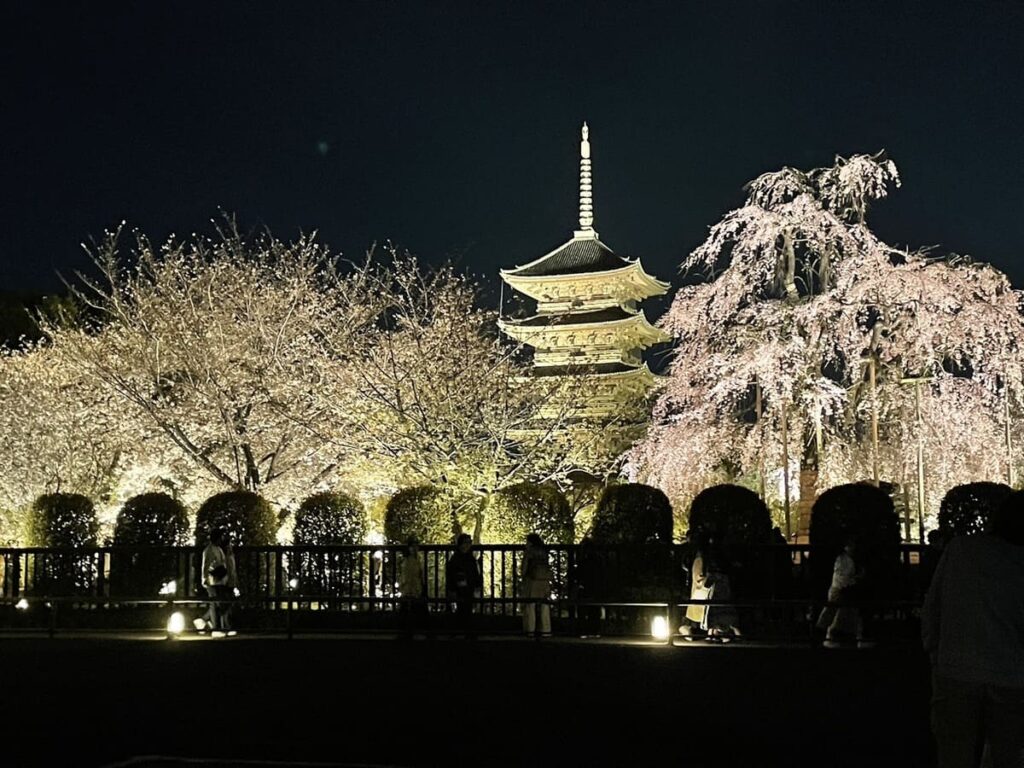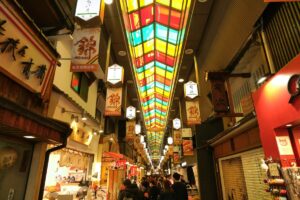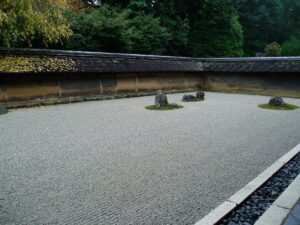Toji Temple: Kyoto's Ancient Gateway of Esoteric Buddhism

Toji Temple, located a short distance from Kyoto Station, stands as a significant cultural and historical landmark in Japan's ancient capital. Also known as the "East Temple," Toji was founded in the early Heian period, specifically in 796 AD, just two years after the capital was moved to Kyoto. Endowed with a rich history intertwined with the esoteric Shingon sect of Japanese Buddhism, Toji Temple is not only a place of worship but also a site of profound historical and architectural importance.
Historical Significance
Toji Temple was originally established by order of Emperor Kammu as one of Kyoto’s two guardian temples, with its counterpart, Saiji or the "West Temple," which no longer exists. Toji was given to Kukai (Kobo Daishi), the founder of Shingon Buddhism, upon his return from China in 823 AD. Under Kukai's stewardship, Toji became an important center for Esoteric Buddhist teaching and practice, a status it maintains to this day.
Architectural Highlights
Toji's most iconic feature is its five-story pagoda, which is the tallest wooden tower in Japan, standing at 57 meters (187 feet). This pagoda, visible from many parts of southern Kyoto, is a symbol of the city and has been rebuilt several times since the original construction, with the current structure dating back to 1644. The pagoda's presence is so emblematic that it often serves as a representative image of Kyoto in various media.
Inside the temple grounds, visitors can explore a rich array of architectural and spiritual treasures. The Kondo (Main Hall), rebuilt in the Edo period, houses important Buddhist statues and relics, some of which are designated national treasures. The Kodo (Lecture Hall) is another significant building, featuring mandalas and statues that are used in esoteric training and rituals.
Cultural Treasures and Artworks
Toji Temple is home to a vast collection of Buddhist statues, paintings, and scriptures, many of which are recognized as Important Cultural Properties by the Japanese government. The temple’s treasure house, which is open to the public, displays rotating exhibitions of these artifacts, providing insights into the profound religious and artistic achievements of the Heian period and beyond.
Monthly Market and Festivals
Toji is famous for its monthly flea market known as Kobo-san, held on the 21st of every month, which attracts people from across Japan. The market is named after Kobo Daishi (Kukai), and it offers a wide range of items from antiques and clothes to local food. This event provides a lively atmosphere where the cultural past and present of Kyoto blend seamlessly.
In addition, the temple hosts various Buddhist ceremonies and festivals throughout the year, the most prominent being the Manto-e ceremony (Ceremony of Ten Thousand Lights) on August 31st. During this event, thousands of candles are lit around the temple grounds, creating a mesmerizing and spiritual experience.
Visiting Toji Temple
Visitors to Toji Temple can enjoy the serene and historic surroundings throughout the year. The temple’s gardens are particularly beautiful during the cherry blossom season in spring and when the leaves change color in autumn. The temple also offers guided tours and workshops that provide deeper insights into its history, art, and religious practices.
Toji Temple not only offers a gateway into the spiritual and cultural life of ancient Kyoto but also continues to be a vibrant community hub in the modern city. Its enduring beauty and historical significance make it a must-visit for anyone interested in exploring the depth of Japan’s religious and architectural heritage.

